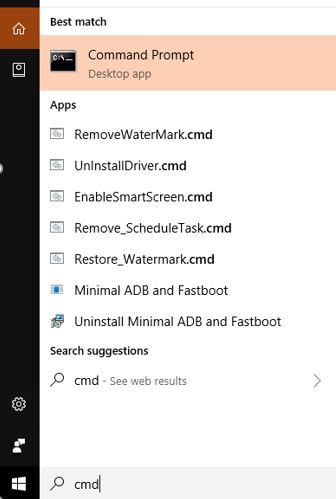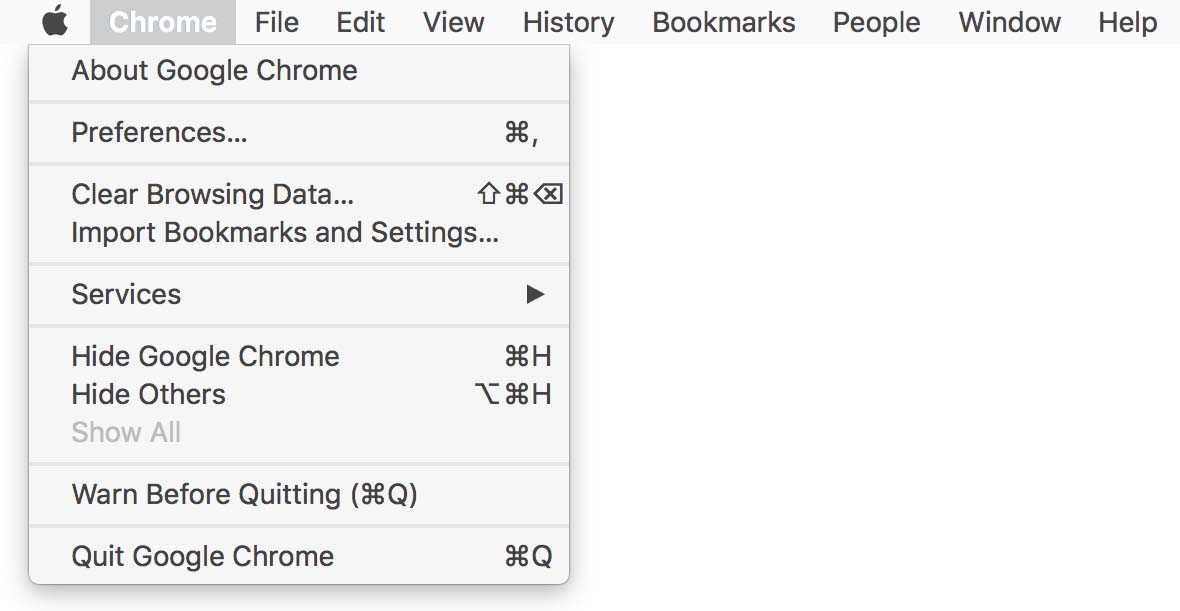The mem command allows users to determine how much memory is used and how much is available.
Tip
Windows Vista, 7, 8, or 10 users should use the Windows utility to determine how much RAM is installed and available. See: How to find how much RAM is installed on a computer.
- How To Clean Ram Memory Windows 10 Step-By-Step 1. Delete unnecessary files from your computer. The “Temp” and “Prefetch” folders on your laptop hold some unnecessary files that slow down your computer’s performance by taking up both memory and storage space.
- It means your RAM is full and you have to remove data from it or manage it. Let us start how you can easily speed up your PC by cleaning your RAM from Windows PC. Clean Windows PC RAM and Speed up Performance. There are many ways for clearing your Windows PC RAM, here we are suggesting you some of the best ways. 1.End unnecessary running programmes.
Availability
How to Clear RAM on Windows Open 'Notepad' or any text editor. Enter the following command: FreeMem = Space (24000000).

The mem command is an external command that is available for the following Microsoft operating systems as mem.exe.
Mem syntax
Displays the amount of used and free memory in your system.
| /CLASSIFY or /C | Classifies programs by memory usage. Lists the size of programs, provides a summary of memory in use, and lists the largest memory block available. |
| /DEBUG or /D | Displays the status of all modules in memory, internal drivers, and other information. |
| /FREE or /F | Displays information about the amount of free memory left in both conventional and upper memory. |
| /MODULE or /M | Displays a detailed listing of a module's memory use. This option must be followed by the name of a module, optionally separated from /M by a colon. |
| /PAGE or /P | Pauses after each screen full of information. |
Mem examples
This command would display information about your memory, as seen in the examples below.
Microsoft Windows 95 and Windows 98 example output:
Windows 2000 and Windows XP example output:
Cmd Command Clear Ram
Display the amount of conventional memory free.

Mem issues
When using the mem /c command from a DOS window in Windows, no upper blocks are seen, as shown in the above example. In Windows 0 bytes are shown because Windows reserves all global upper memory blocks for Windows.
MS-DOS 6.2 and above does not accept or recognize more than 64 MB of ram when typing mem.
Additional information
Ram Cleanup Command
- See our memory definition for further information and related links on this term.
